What are the types of micropipettes for laboratories?
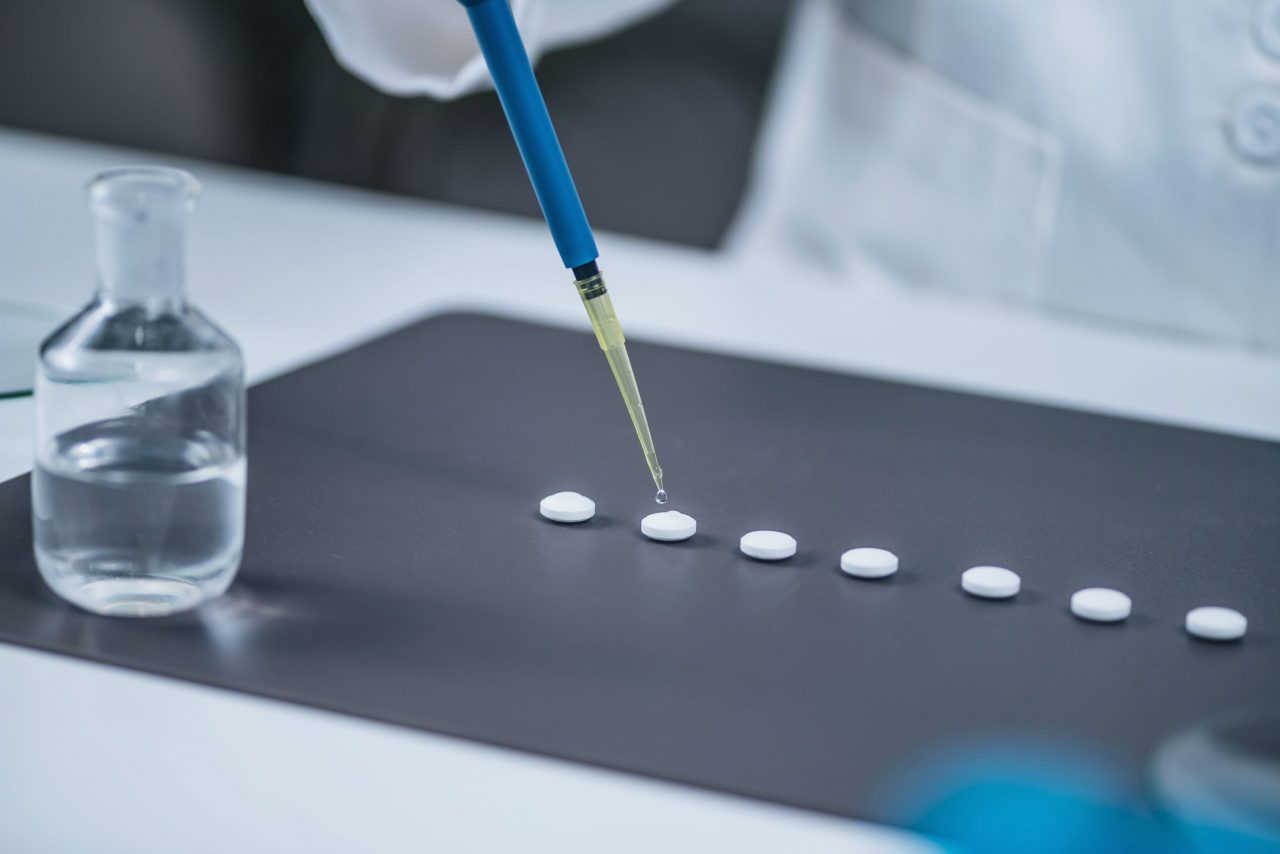
A micropipette is a laboratory device used to absorb and transfer small volumes of liquids, and allow their handling in different laboratory techniques. The place where it was manufactured and used for the first time was at The Carberg Laboratories in Denmark and its creation is attributed to the German Heinrich Schnitger.
What are the types of homogenizers?
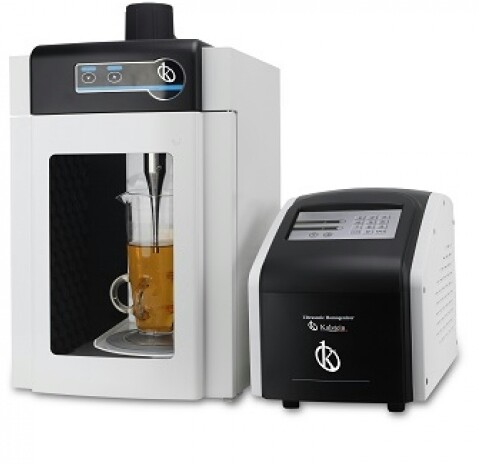
There are many models of laboratory homogenizers on the market. Below we will show you different models, tips and information so that your homogenizer is the most suitable for your processes and you feel satisfied with your purchase.
Kalstein Turbidimeters
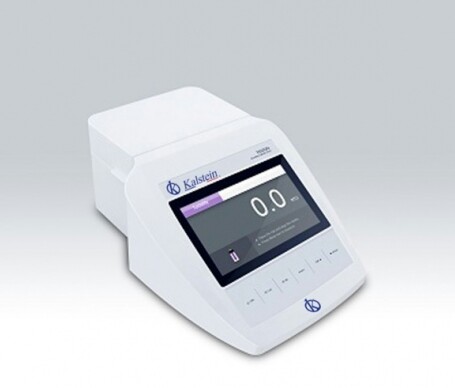
Turbidimeters are equipment that through optical analysis measure the turbidity of a liquid. That is, they are devices capable of measuring the size and concentration of particles in a suspension by diffusing light at 90 ° in a tube. It can be portable or fixed.
What is it? and How is it used? a spectrophotometer
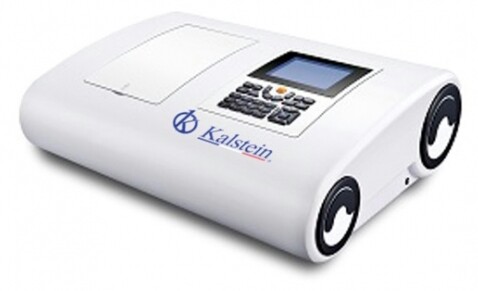
A spectrophotometer is a piece of equipment that measures how much light a substance absorbs. Its efficiency, resolution, sensitivity and spectral range will depend on the design variables and the selection of the optical components that comprise it. Spectrophotometry is the quantitative measurement of the transmission properties of a material based on the light wave.
Types of micropipettes
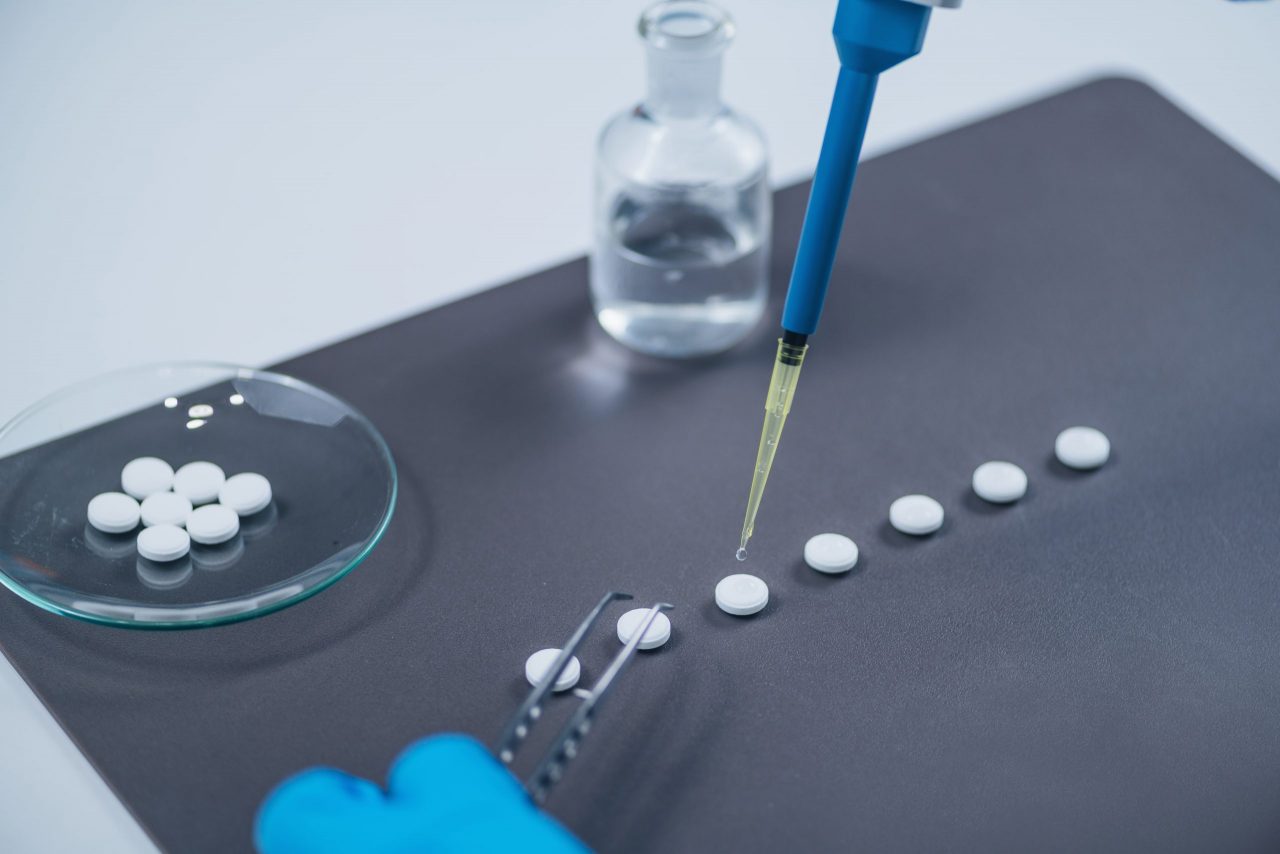
Micropipettes are very precise measuring instruments for handling aqueous solutions. Within this type of micropipettes we can differentiate the manually operated (analog) and the electronic ones. Although both types of pipettes work with the air chamber pipetting system, they present certain differences in terms of format and mode of use.
How does a thermal cycler work?
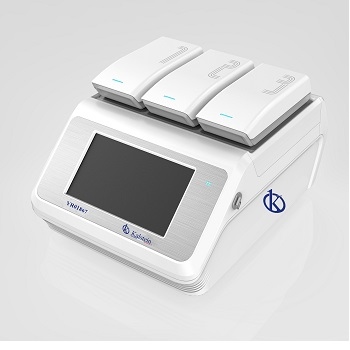
A thermal cycler is a Molecular Biology Laboratory Equipment, used in the amplification of DNA molecules by the PCR technique (polymerase chain reaction), because it is capable of performing temperature cycles necessary for amplifying The DNA strands.
How does a laminar flow cabin work?
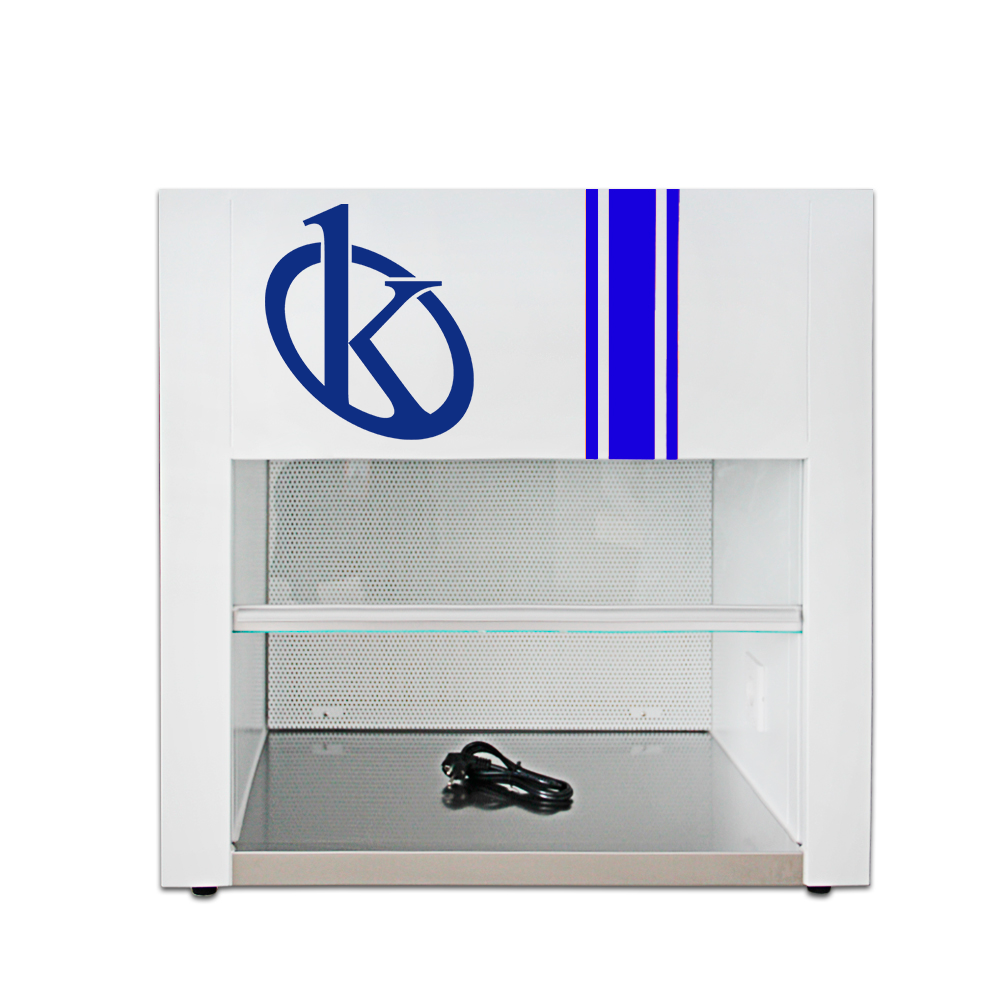
A laminar flow cabin is a laboratory equipment that provides an area delimited by easy-to-clean surfaces and disinfect with a filtered air flow through prefilters, which are responsible for retaining the largest particles that are present in the air, and by HEPA filters (High Efficiency Particulate AIR), which are high efficiency filters capable of retaining particles up to 0.3 μm with a minimum efficiency of 99.97% providing clean and constant air at a speed of 0.3 to 0, 5 meters per second .. That is, this type of equipment is employed in processes where the contamination control is needed.
Balance – precision and accuracy
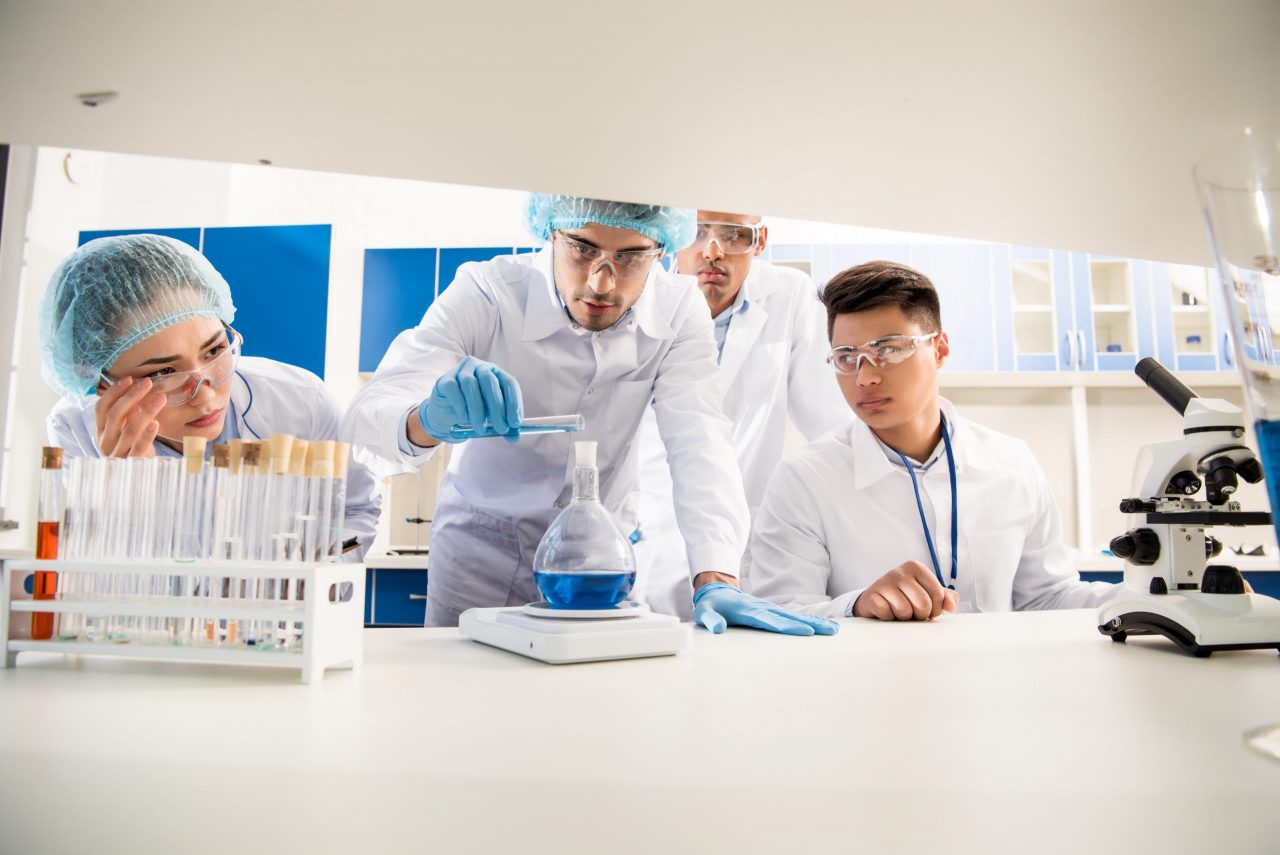
The balance is a piece of equipment that measures the mass of a specific body, providing accurate data about its weight. Among the many existing models, the analytical balance that has a high power of rigor stands out, since with it great precision can be obtained.
Thermal Cycler: Real Time PCR
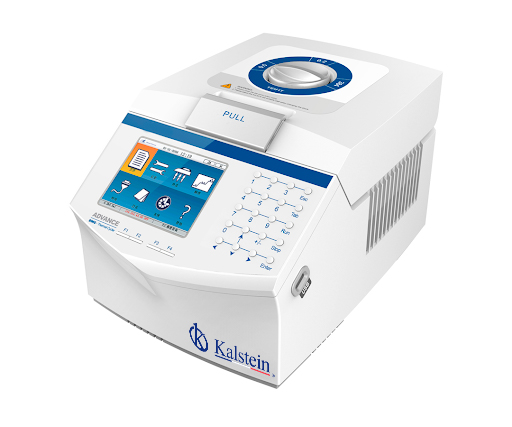
The thermal cycler is a device that allows the polymerase chain reaction (PCR) efficiently and quickly; by means of the automatic and cyclical realization of the temperature changes that are required for the amplification of a deoxyribonucleic acid (DNA) chain; from a thermostable enzyme.
How do you prepare a homogenate?
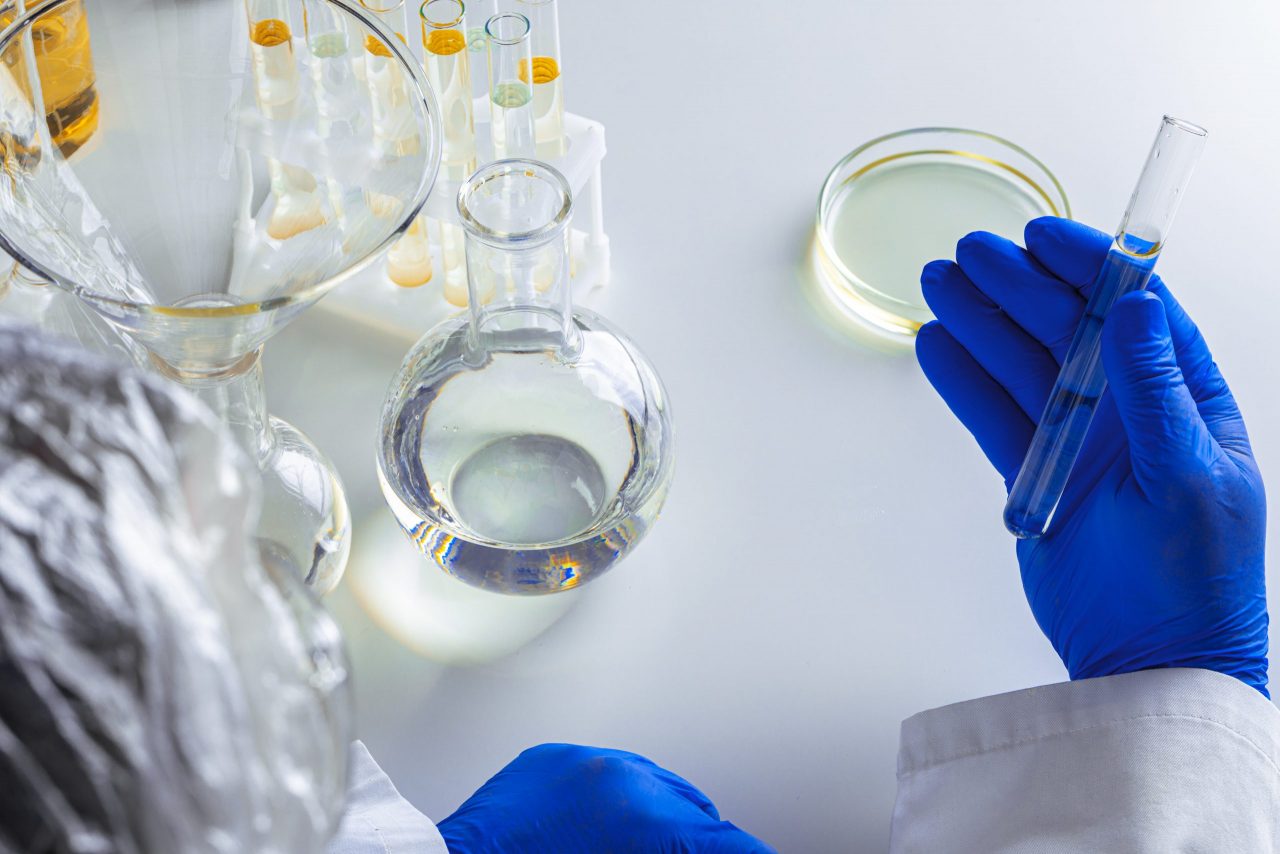
The crude mixture of destroyed cells is known as the homogenate. During the centrifugation of a cell homogenate, larger particles sediment faster than small ones, which makes it possible to obtain crude organelle fractions by means of differential centrifugation.
